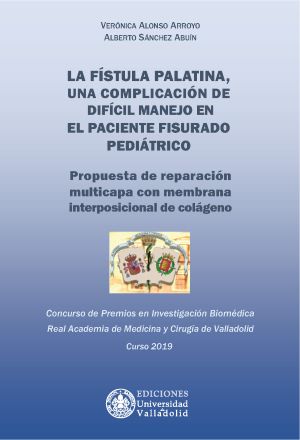LA FÍSTULA PALATINA, UNA COMPLICACIÓN DE DIFICIL MANEJO EN EL PACIENTE FISURADO PEDIÁTRICO: PROPUESTA DE REPARACIÓN MULTICAPA CON MEMBRANA INTERPOSICIONAL DE COLÁGENO
Keywords:
Fístula palatina, Membrana interposicional de colágenoSynopsis
The incidence of postoperative fistula following primary cleft palate repair ranges from 0% to 58%. This problem represents a failure of the surgical technique and the reported recurrence rate is between 33% to 37%. The prognosis of a successful closure declines with each reoperation, which makes secondary and tertiary fistula repair really challenging. Closure of palatal fistulas can be achieved by different techniques depending on its size and the experience of the surgeon. Local, regional and distant flaps of mucosa, fat, cartilage or muscle are commonly used. Alternatively, or in addition to the previous ones, synthetic materials such as acellular dermal matrix, Poly-D and L-Lactic Acid, and collagen membranes are becoming very popular nowadays. A scarcity of articles explains in detail a simple and effective method in pediatric patients. We present a technique for the closure of oronasal fistulas following two main surgical principles; to employ well-vascularized tissues, and a multilayer closure, avoiding overlapping sutures. The procedure proposed by our pediatric surgery team consists of a three- layered repair, with a collagen membrane placed over the reconstructed nasal mucosa, and a rotational palatal mucosa flap reinforced with a fibrine sealant. This method is simple, easy to reproduce, effective and has a low rate of complications.

Downloads
Published
March 16, 2020
Categories
Right Holder
Ediciones Universidad de Valladolid y autor(es)/autora(s) 2020License

This work is licensed under a Creative Commons Attribution-NonCommercial-NoDerivatives 4.0 International License.

